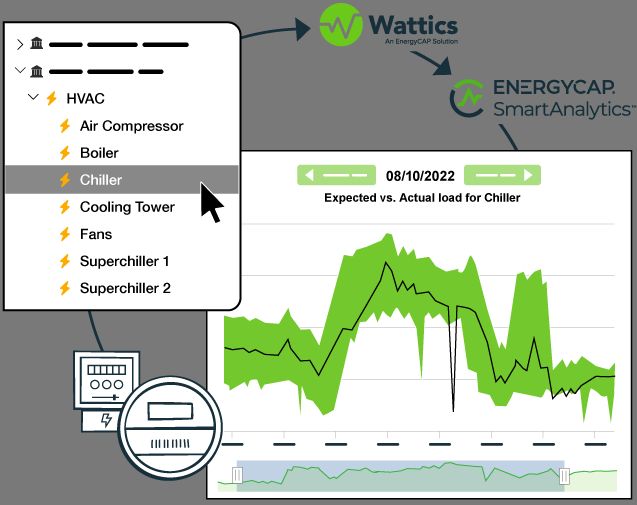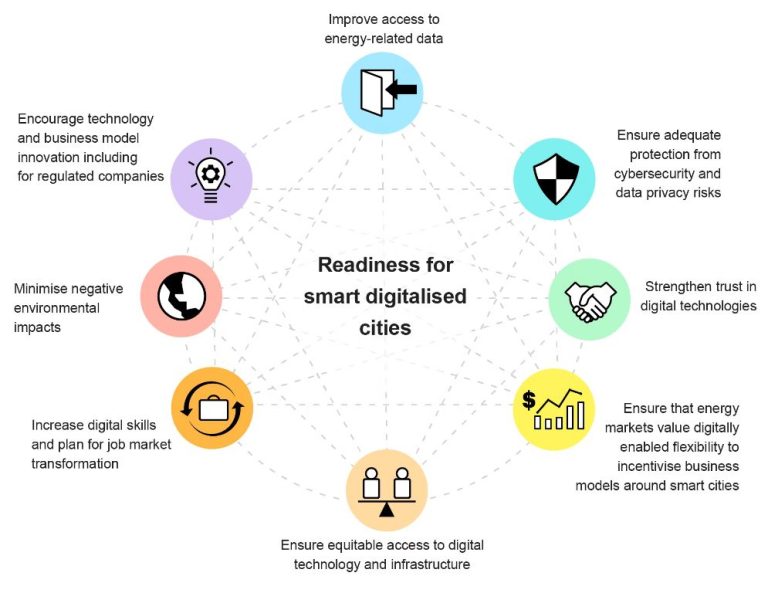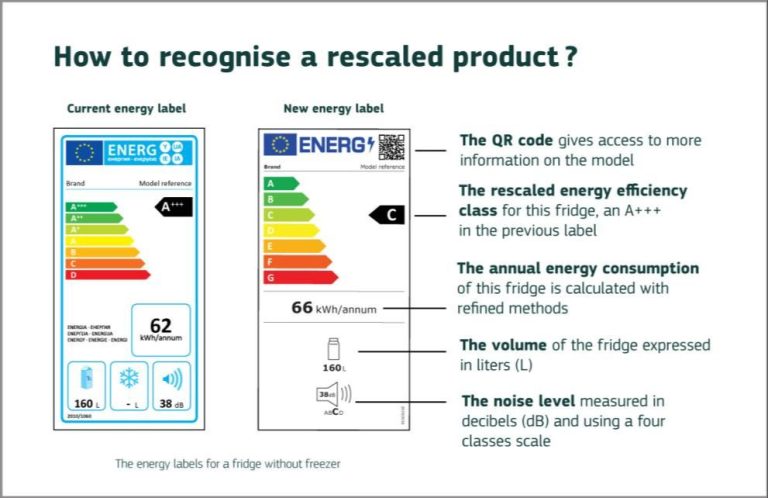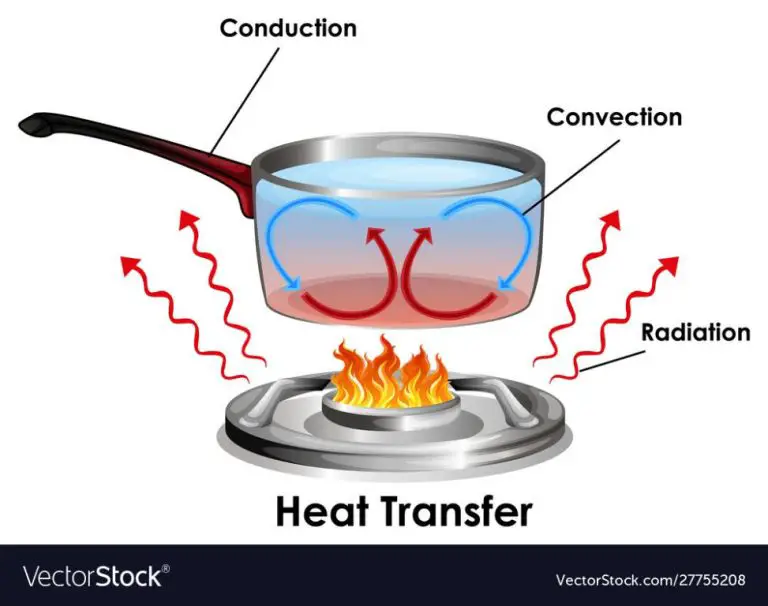What Does Midcontinent Independent System Operator Do?
The Midcontinent Independent System Operator (MISO) is a not-for-profit, member-based organization that manages high-voltage electric transmission across 15 U.S. states and the Canadian province of Manitoba. MISO operates wholesale electricity markets and manages the reliable operation of the power grid across its territory covering around 42 million people in the Midwestern United States and parts of Canada.
History
The Midcontinent Independent System Operator (MISO) was formed in 1998 as the Midwest Independent Transmission System Operator and began operations on April 1, 2005. MISO was established as part of the restructuring and deregulation of the electricity market in the United States. The goal was to create independent, regional transmission organizations to manage the power grid and create competitive wholesale electricity markets (https://www.misoenergy.org/about/miso-at-a-glance/).
MISO was the first Regional Transmission Organization (RTO) approved by the Federal Energy Regulatory Commission (FERC) in 2001. It originally served parts of 15 states in the Midwest U.S. and Manitoba, Canada. MISO has since expanded its footprint and now serves all or parts of 15 states stretching from the Canadian border, south to northern Louisiana and from eastern Montana to western Pennsylvania (https://www.misoenergy.org/about/miso-at-a-glance/).
Region
The Midcontinent Independent System Operator (MISO) manages the electric grid and wholesale energy markets across 15 U.S. states and the Canadian province of Manitoba.
According to Meet MISO, the MISO region originally only spanned Midwestern states but has since expanded into Canada and down to the Gulf of Mexico. The 15 U.S. states covered are Arkansas, Illinois, Indiana, Iowa, Kentucky, Louisiana, Michigan, Minnesota, Mississippi, Missouri, Montana, North Dakota, South Dakota, Texas and Wisconsin.
Purpose
The main goals of the Midcontinent Independent System Operator (MISO) are to ensure reliable, least-cost delivery of electricity across its region and maximize the use of the transmission system (1). MISO operates competitive wholesale electricity markets designed to meet electricity demand at the lowest possible cost, while maintaining reliability (2).

Some key purposes and responsibilities of MISO include (1,2):
- Operating and planning the regional transmission grid to maintain reliability
- Operating wholesale electricity markets and settlements systems
- Planning for the future needs of the power system and transmission grid
- Maintaining open access to the transmission system for all market participants
- Managing financial transmission rights for the regional market
- Facilitating the integration of renewable energy sources
By carrying out these core functions, MISO aims to provide value to members and stakeholders across its region through efficient markets, reliable grid operations, and transparent planning processes.
Sources:
(1) https://www.misoenergy.org/about/miso-strategy-and-value-proposition/
(2) https://www.misoenergy.org/about/media-resources/miso-basics/
Functions
MISO is responsible for operating the electric grid and wholesale power markets across its territory. Its day-to-day activities focus on ensuring reliable electricity, adequate transmission infrastructure, and competitive wholesale prices.
Some key functions performed by MISO include:
- Operating the high-voltage transmission system to maintain reliability and avoid outages.
- Facilitating the operation of competitive wholesale electricity markets and setting market prices.
- Planning for future transmission needs and approving new major transmission projects.
- Managing congestion on the grid and providing tools to alleviate congestion.
- Settling payments between market participants for services like energy, capacity, and ancillary services.
- Providing open access to the transmission system for all market participants.
On a daily basis, MISO monitors electricity supply and demand, addresses transmission constraints, calculates market prices, and settles market transactions. Its control room operators work 24/7 to oversee grid operations.
Market
MISO operates one of the world’s largest competitive wholesale electricity markets. The market enables participants to buy and sell electricity across 15 U.S. states and the Canadian province of Manitoba. As an independent not-for-profit organization, MISO provides open access to the transmission system to support competition that benefits consumers.
According to the 2022 State of the Market Report by the Independent Market Monitor, MISO’s market operated competitively in 2021. The average real-time energy price was $30.91 per MWh, compared to $20.39 per MWh in 2020. This 37 percent increase was primarily driven by higher natural gas prices. The total estimated cost of congestion was $1.15 billion, a 45 percent increase from 2020. Congestion indicates areas where the transmission system is inadequate.
Source: 2022 State of the Market Report
Reliability
MISO plays a critical role in maintaining the reliability of the electric grid across its region. As an RTO, MISO is responsible for operating the transmission system and ensuring adequate generation is available to meet demand 1. MISO conducts annual assessments to identify any reliability issues on the system and develops solutions to address them. MISO also coordinates outage scheduling for transmission facilities to minimize impacts on grid reliability.
MISO participates in grid reliability exercises, such as GridEx, to test its ability to respond to emergencies and restore the system after disruptive events 2. Through these exercises and constant coordination with operators, MISO works to maintain high standards of reliability across its footprint.
Renewables
MISO has made major progress in integrating renewable energy into its grid over the last decade. In 2021, MISO set a new record by supplying over 22% of its load from renewable resources like wind and solar. This represents a massive increase from less than 5% renewables just a decade earlier.
A key driver of MISO’s renewable energy growth has been facilitating the interconnection of new wind and solar projects. As of 2022, MISO has connected over 30 gigawatts of wind capacity and over 13 gigawatts of solar capacity across its footprint. This makes MISO one of the leading grid operators for renewable energy in the United States.
Despite the many new renewables coming online, MISO has managed to maintain reliability through improving forecasting and working closely with member utilities. Going forward, MISO plans to enable up to 30% renewable energy penetration by 2030 through grid upgrades, storage integration, and smarter operational practices.
Overall, MISO has emerged as a leader in renewable integration and continues to add clean energy at a rapid clip. Its ability to balance large amounts of wind and solar while maintaining affordable and reliable electricity makes it a model for other grid operators looking to decarbonize. (1)
(1) https://blog.ucsusa.org/guillermo-pereira/good-news-from-midcontinent-grid-operator-but-we-still-need-market-reform/
Transmission
MISO has responsibility for transmission system planning and expansion across its region. This involves both assessing the current grid and forecasting future needs through the MISO Transmission Expansion Plan (MTEP) process. According to the MTEP Overview from MISO, “MISO’s transmission planning responsibilities include the monitoring of previously approved Appendix A projects. MISO surveys all Transmission Owners and incorporates their transmission plans into the annual MTEP report.”
The goal of the MTEP process is to ensure reliability, evaluate transmission service requests, and enable policy goals. MISO uses complex modeling and analytics to determine the optimal transmission infrastructure investments across its footprint. The MTEP involves multiple planning cycles each year to study the system and make recommendations. Transmission owners and other stakeholders are involved throughout the process.
Overall, MISO’s regional planning enables a more coordinated and cost-effective approach to transmission expansion. By looking at needs across a multi-state region, MISO can identify solutions that individual utilities may miss. This ultimately benefits electricity customers by ensuring adequate transmission capacity at a reasonable cost.
Challenges
MISO faces a number of complex challenges in operating and maintaining reliability across its large regional grid. Some key issues include:
Integrating growing amounts of renewable energy while maintaining reliability and resilience (2023 Attributes Roadmap631174.pdf). The increasing adoption of variable wind and solar generation creates visibility and control challenges for system operators.
Avoiding generation shortfalls and reliability risks as coal plants retire at a rapid pace (Public Power article). MISO warns urgent action is needed to replace retiring capacity and ensure resource adequacy.
Managing congestion and improving transmission capabilities to unlock renewable generation potential (2023 Attributes Roadmap Executive Summary631175.pdf). Transmission limitations currently prevent optimal use of renewable resources.
Evolving market design and operations to adapt to the changing resource mix and grid needs. MISO must continue innovating to support reliability in a high-renewable future.
Maintaining affordability and economic efficiency as the industry transforms. Balancing costs, reliability and decarbonization goals is an ongoing balancing act.







